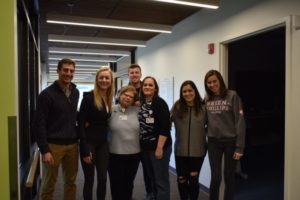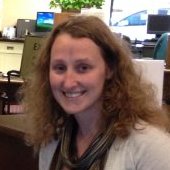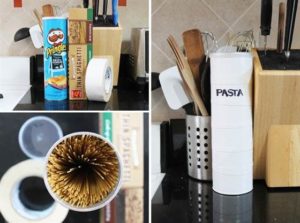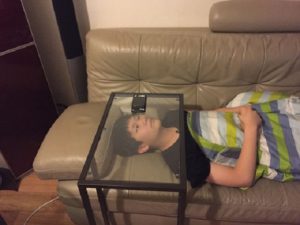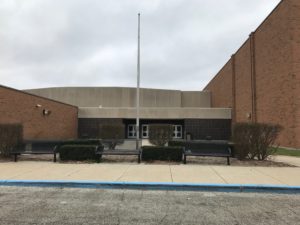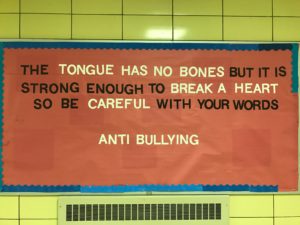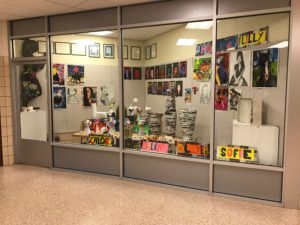On Friday, March 3rd, Optum Team A experienced an incredibly valuable immersion at St. Joseph PACE in Mishawaka, IN. The PACE center is a nonprofit affiliated with Trinity Health whose mission is to keep the elderly “safe and healthy at home.” They identify the elderly in need and offer an affordable, accessible, engaging experience for those are determined “fit” for PACE. PACE offers a holistic and proactive approach, a “one-stop shop” if you will, that provides all the necessary factors to aging in place: doctors, physical and mental therapy, dietitians, activities, transportation, and more, all on-site. They tailor the plan to the individual accelerate recovery, prolong life, and enhance their service. The site itself looks a futuristic daycare, with spacious rooms, comfortable chairs, showers, a kitchen, Xbox, workout facility, fully equipped rooms for doctors and nurses, a non-denominational religious room for worship, and more.
While on site, we were lucky to have a guided tour and 90 minute interview with three experts: Bobbi Costigan, head nurse; Kathleen Murphy, CMO; and Ashley Stump, intake coordinator. In addition to key details about their service, they provided insightful information with regard to the user and the future of the business.
Here are the 3 key takeaways our team garnered from the visit:
- PACE-like centers reduce the cost of hospitals in their community
- can we replicate this in a product or service?
- What key health metrics to look for
- vitals, falls, supplement intake, etc.
- The importance of a one-stop shop, easily accessible and customizable health care plan
